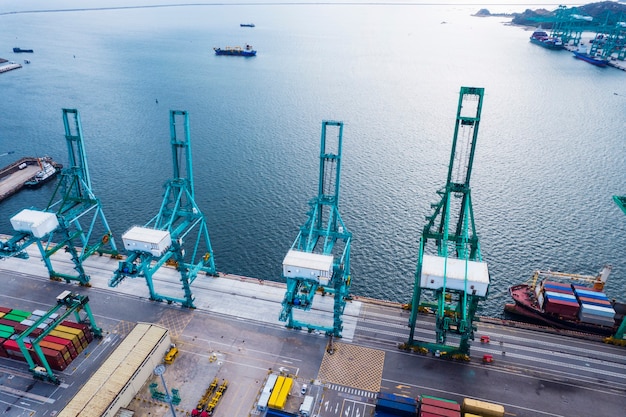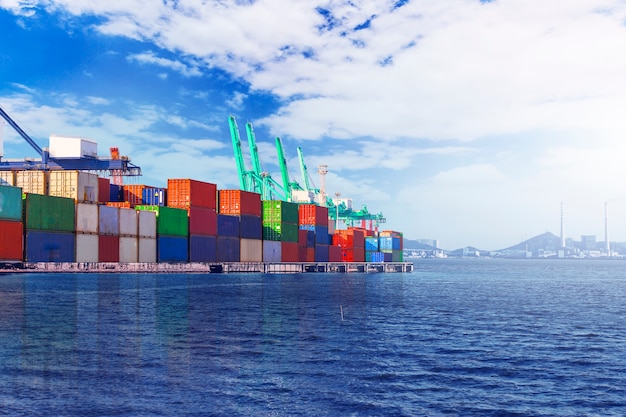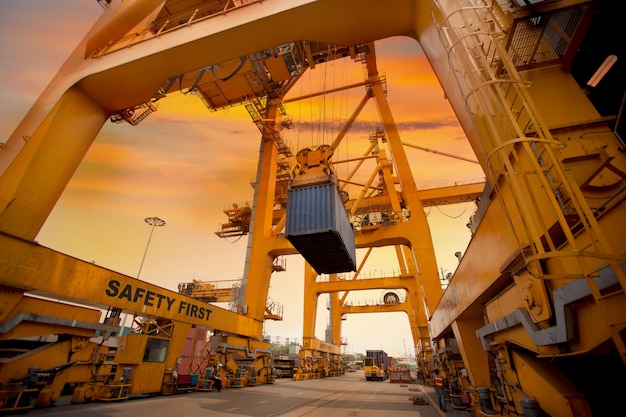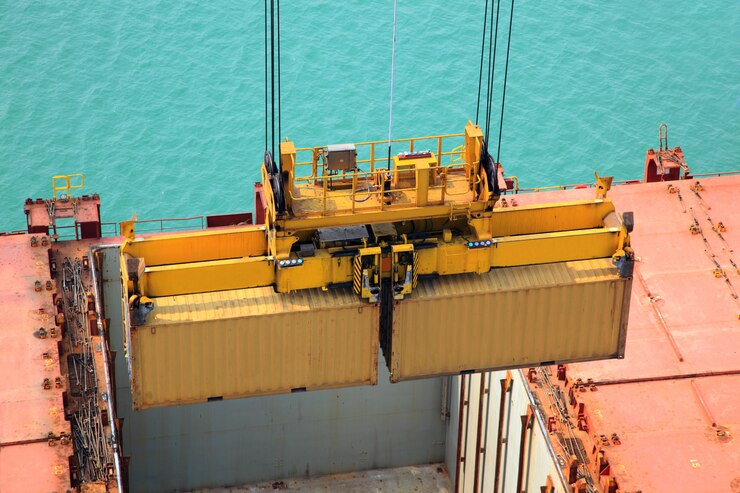It is well known that 80% of all trade is by sea. The most popular way to deliver consumer goods is, of course, container transportation.
Every year, ports around the world handle more than 800 million containers, and this number is constantly growing. In just 20 years, the number of containers in the circulation of transport companies has tripled.
But today, the shipping industry is experiencing the worst crisis in decades. The rapid recovery of demand after the global lockdown, the blockade of ports, and the shortage of containers have led to the fact that over the past year the average world cost of transporting one container has increased by 3 times. kAnd in some popular areas, prices have risen by 5 times.
Today, finding even just 20-foot flat rack containers for sale can be a daunting task. And let’s see why has the world faced a container crisis and how can it affect the value of goods?
Shortage of containers

During the pandemic, the world faced a massive decline in production. China was the first to recover after Covid-19. In the months since the pandemic began, China has resumed exports of goods, while most Western countries have been under lock and key for a long time.
Due to quarantine, cargo in American and European ports was processed much longer than usual. Work on transport lines also slowed down, so companies spent a lot of time loading goods in the opposite direction.
The red tape in the ports led to the fact that merchant ships, instead of waiting for a new batch of containers in the United States, returned to China half-empty.
The companies sought to return to China as soon as possible, load even more containers, and ship them back to the United States. And there is a reason for this. The fact is that the transportation of goods from China to the United States is 6 times cheaper than in the opposite direction.
As a result, 60% of the containers remained in queues for unloading in American ports instead of returning to China. As a result, the average circulation time of one container has doubled.
And when most of them got stuck in queues outside China, steel boxes were in short supply. The tariff for container transportation has increased many times.
But some companies, like PelicanContainers, have enough containers in stock to supply their customers, and even 20-foot flat rack containers for sale are no problem.
Accidents in the Suez Canal and other disasters

The accident in the Suez Canal created additional problems. The EverGreen container ship has risen across a narrow strait and blocked the sea route through which 30% of the world’s container trade passes.
More than 350 ships were waiting to pass through the Suez Canal for 6 to 10 days. Other ships sailed almost simultaneously to European ports, where they lined up for congestion. Some ships sailed a much longer route around Africa during the congestion and lost a lot of time. All these actions caused two main problems:
- prevented ships from returning to China in time for a new consignment of goods
- making competition for a place on transport ships even tougher.
»Closure of Chinese ports
In addition, the new closure of Chinese ports played a role. For example, one of the most striking examples is the closure of the Chinese city of Shenzhen after problems with the Suez Canal.
The closure was due to the fact that among the workers of the port found an asymptomatic carrier, Covid-19. The terminal was closed for almost a month and leaving it running for only 30% of its capacity for several weeks.
The closure of the Yantian led to:
- a redistribution of cargo to the nearest terminals;
- the load of 600,000 20-foot containers was delayed for several weeks.
Disruption of production chains

Congestion in ports and lack of ships and containers disrupt production chains and lead to shortages of some groups of goods. For example, European factories have faced a shortage of wood. It could not be delivered due to fierce competition for space on container vessels. As a result, there is a risk of a shortage of paper in the European market.
A similar situation has arisen in the plastic processing industry. Materials such as polyethylene and polyurethane, which are important for this industry, have grown significantly due to the shortage. The industry cannot fully recover due to logistics problems.
And practically every sector of the economy has faced deficit problems due to the transport crisis. And it couldn’t go unnoticed. This has mainly turned into a rise in the price of goods, primarily fuel.
The consequences of such a crisis

The consequences of more than the list of catastrophes have become a significant increase in the cost of container transportation.
In terms of shipping, prices have risen 7 times in 2 years, and even if we see a slight drop, we are not close to returning to pre-Covid levels.
Talk of growth should not be forgotten about the rise in fuel prices – a phenomenon that is likely to worsen – and also due to a sharp increase in demand with limited supply. And here the situation with a lack of capacity should lead to an additional rise in prices in 2022.
And as a result, the transportation of goods becomes not only a valuable but scarce resource. The transport offer is still not enough for the volume of sales and purchases that B2C e-commerce generates.
Now all businessmen realize that delivery is at the heart of the customer experience, and they can’t actually neglect it. Freight transport has also become a key decarbonization issue for companies that need to reduce their environmental footprint and meet greenhouse gas reduction targets.
In other words, the transportation of goods is taking an increasingly important strategic place in companies. And now, to overcome the crisis, all players, shippers, carriers, and decision-makers must set the tone today, working together to give concrete form to the fundamental role of transport in commercial strategies.
Read Also:




























